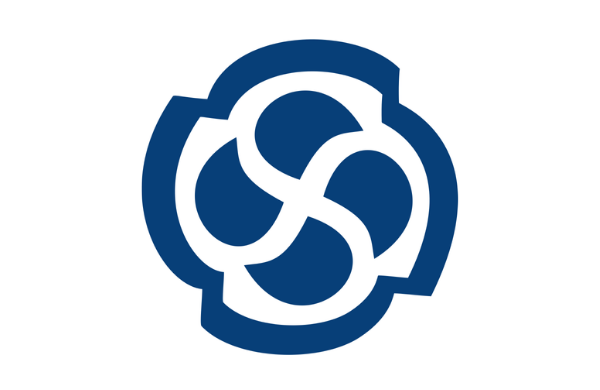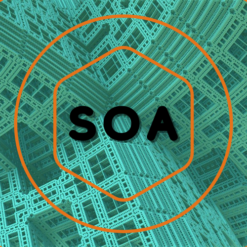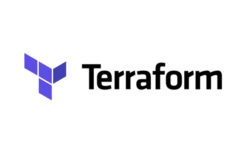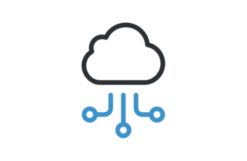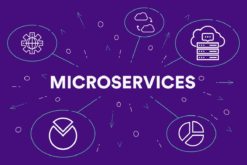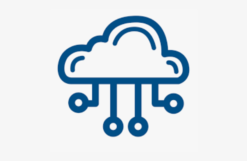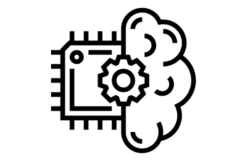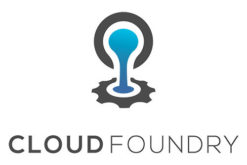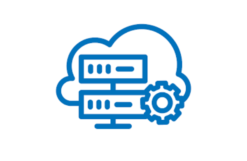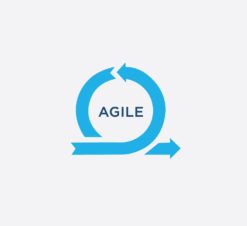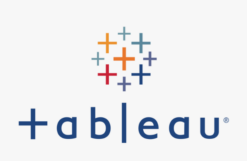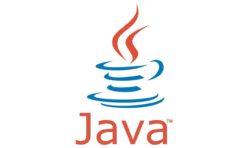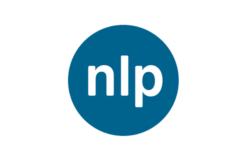Course Objectives:
Design modern SOA and apply SOA-specific methodologies, technologies, and standards
- Analyze your organization to map it as a “set of services”
- Develop logical models for your SOA
- Convert your SOA design into a buildable specification
- Orchestrate services to create new applications
Course Duration:
- 10 Days
Course Content:
Day 1
- Overview of SOA Integrating business processes with SOA
- Deriving services from the organization’s purpose
- Merging SOA design and project management processes
- Architecting Services
- Service-oriented design process
- Progressing from conceptual to buildable services
- Structuring business requirements into an SOA
- Aligning services with the organization
Day 2
- Turning services into modern applications
- Working forward to deliver applications
- Realizing the key SOA design patterns
- Mapping Services to Your Organization
- Discovering conceptual services
- Defining the service domain
- Recognizing service opportunities
- Drilling down into atomic services
- Consolidating into composite services
- Refining the conceptual design
- Identifying the underlying resource for the service
- Selecting services to include in the SOA
- Merging existing assets with new opportunities
- Modeling Services
Day 3
- Developing logical services
- Integrating consumers
- Exploiting the five composition styles
- Bus Hierarchical Star Network Circular
- Achieving effective designs
- Supporting loose coupling
- Establishing relationships between services
- Handling sequential processing
- Addressing the business needs
- Designing for reuse and integration
- Decomposing to create reusable services
Day 4
Factoring in brokers
- Identifying “services for services”
- Leveraging the seven categories of brokers
- Converting Designs into Specifications
- Specifying operations
- Deriving operations from use cases
- Identifying design flaws early to take corrective action
- Focusing on resources rather than actions
Day 5
Communicating the specification
- Constructing reusable service actions
- Expressing your design as a specification
- Messaging for services
- Formatting the operation’s messages
- Evolving messages from the SOA design
Finalizing the service design
- Specifying operations and endpoints
- Binding messages to operations
- Transitioning from Design to Implementation
Day 6
Planning for implementation
- Picking the right technology set
- Matching technology to the three SOA scenarios
- Dealing with long-running business processes
Building services
- Creating services from the SOA modeling process
- Developing service consumers
- Orchestrating services to deliver new functionality
Day 7
Structuring services
- Merging interoperability performance with Star pattern
- Providing for responsive Ajax applications
- Avoiding Common Problems
Applying “Lessons Learned” to improve designs
- Facilitating asynchronous services
- Dealing with change and growth
Day 8
Ensuring performance
- “Chatty” vs. “Chunky” messages
- Combining services through effective message design
- Managing the SOA Environment
Instituting an SOA infrastructure (SOAIS)
- Advancing up the Services Integration Maturity Model
- Leveraging Enterprise Services Buses (ESB)
Day 9
- TOGAF Level 1
- Architecture Development Method (ADM) phases in the development of an enterprise architecture
- Architecture Governance in the development of an enterprise architecture
- TOGAF Architecture Content Framework
- Building Blocks concept
- Stakeholder Management Technique
- TOGAF Content Metamodel
- TOGAF recommended techniques when developing an enterprise architecture
- TOGAF Technical Reference Model and how to customize it to meet an organization’s needs
- Integrated Information Infrastructure Reference Model
Day 10
TOGAF Level 2
- Key deliverables of the ADM cycle
- Partition an enterprise architecture to meet the specific needs of an organization
- Architecture Repository
- Apply iteration and different levels of architecture with the ADM
- Adapt the ADM for security
- SOA as a style of architecture
- Architecture maturity models in developing an enterprise architecture
- Architecture Skill



